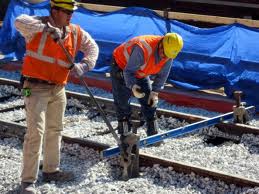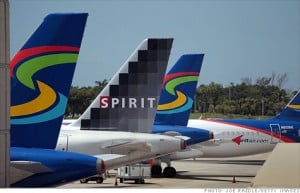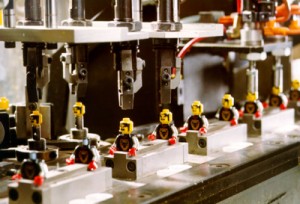Anyone who has a Twitter knows that it is not out of the ordinary for users to tweet about a certain television show or sports program as they are watching it. While Twitter users may think this is just them stating their opinions to the Twittersphere, these tweets are actually giving the social networking site an opportunity to capitalize on advertising.
Last year, Twitter partnered with ESPN and Ford to expand their advertisement section. The partnership with ESPN and Ford allowed for replays from football games to be promoted to people who showed interest in sports. The executives at Twitter saw this worked in their favor, and wanted to continue improving their advertising process. They knew their advertising results would not change unless they implemented another change into their process. They needed to stretch their goals beyond where they were currently standing.
Twitter executives are taking the steps towards improvement by capitalizing on all activity users are sending out during programs. A new product will send ads to people who are commenting about multiple programs. In other words, brands will now be able to match advertisements with tweets sent out by viewers.
Twitter said they will be working with media companies, including Time Inc., Bloomberg, Discovery, Vevo, Vice Media, and Warner Music Group to allow a format of digital video or television clips from the shows. Those clips will then be able to be shared on Twitter by users, and advertisements can be run before or after the videos are viewed. Matt Derella, a director of brand and agency strategy, said, “When people turn on TV they turn on Twitter.”
Do you think this move will be beneficial to Twitter? Do you foresee people sharing these clips and getting advertisements out there?








 Once this project gets finished, the benefits will show. With the new track system, the South Side Red Line Branch will be able to increase speeds from 15 mph to 55 mph, make a downtown commute to 95th/Dan Ryan 20 minutes shorter, and make the Red Line in general have a much smoother commute as well. This process can clearly create efficiency for the Red Line as well as the other CTA trains.
Once this project gets finished, the benefits will show. With the new track system, the South Side Red Line Branch will be able to increase speeds from 15 mph to 55 mph, make a downtown commute to 95th/Dan Ryan 20 minutes shorter, and make the Red Line in general have a much smoother commute as well. This process can clearly create efficiency for the Red Line as well as the other CTA trains.



